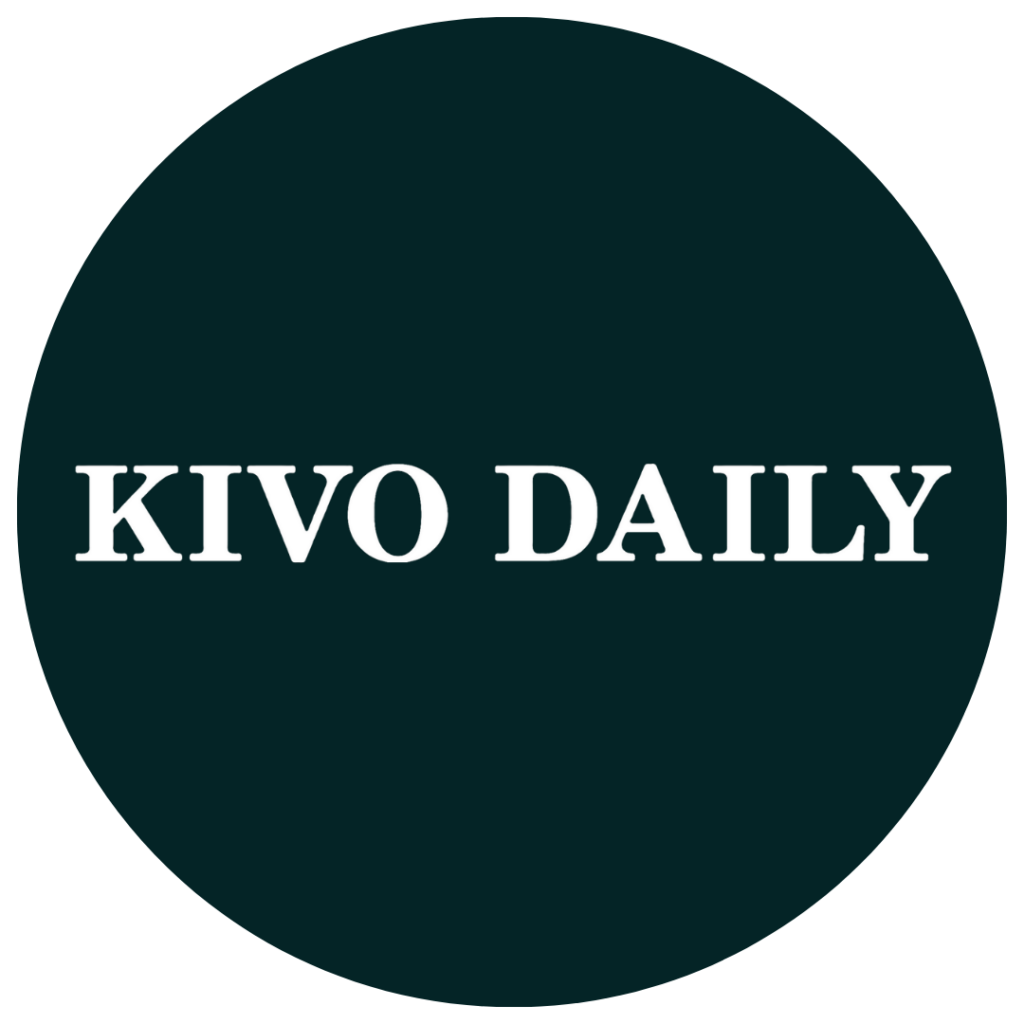For digital agencies, onboarding new clients can be a make-or-break process. A smooth onboarding experience sets the tone for the entire project, ensuring a productive relationship, clear communication, and timely deliverables. However, many agencies struggle with gathering the right information from clients, which can lead to delays and frustrations for both parties.
If your agency is looking to improve its client onboarding process, here are five proven strategies to streamline your workflow, eliminate bottlenecks, and keep your clients happy.
1. Standardize Your Onboarding Workflow
One of the common reasons client onboarding becomes a time-consuming process is the lack of a standardized workflow. When every project starts from scratch, it leads to inconsistencies and delays. By creating a clear, repeatable process, your agency can efficiently bring new clients on board without missing a beat.
How to Standardize Your Workflow:
• Develop templates for proposals, contracts, and project plans.
• Use detailed checklists to ensure no critical steps are missed.
• Automate email sequences for consistent client communication during the onboarding phase.
By implementing a standardized approach, you can onboard clients more efficiently, reduce errors, and set clear expectations from day one.
2. Automate Client Content Collection
Collecting content, documents, and approvals from clients is one of the biggest bottlenecks agencies face during onboarding. The back-and-forth of emails and follow-ups can drain your team’s productivity and delay project timelines.
To overcome this challenge, consider using tools that automate the content collection process. This way, you can create customized forms and send automated follow-up reminders to clients, ensuring that you receive all the necessary content on time. Automating this process reduces the manual effort of chasing clients, allowing your team to focus on more strategic tasks.
Pro Tip: Use a content request tool that can track what has been submitted and what is still outstanding, so you don’t have to manually follow up with clients.
3. Leverage Project Management Tools
Staying organized is essential for a smooth onboarding process. Project management tools like Asana, Trello, or Monday.com can help you manage tasks, timelines, and client communication more efficiently. By creating a project template specifically for onboarding, you can ensure that your team follows a consistent process for every new client.
Best Practices for Using Project Management Tools:
• Assign tasks with clear deadlines to team members responsible for onboarding.
• Use automated reminders and recurring checklists to keep the process on track.
• Integrate your project management tool with your CRM to maintain a centralized client database.
These tools can also help you share project progress with clients, reducing the need for frequent update emails and keeping everyone aligned.
4. Set Clear Expectations from the Start
Unclear expectations are a common source of frustration during the onboarding process. If clients aren’t sure what’s required of them or what to expect from your team, it can lead to miscommunications and project delays. Setting clear expectations from the beginning is key to ensuring a smooth and successful partnership.
How to Set Expectations Effectively:
• Create a welcome packet that includes your onboarding process, project timelines, and key deliverables.
• Schedule a kickoff call to discuss the project scope, goals, and any client responsibilities.
• Provide clients with a checklist of content, documents, or approvals they need to submit, along with clear deadlines.
By clearly outlining the process upfront, you can prevent misunderstandings and keep your projects on schedule.
5. Use a Client Portal for Centralized Communication
Managing communication with clients can be challenging, especially if you’re juggling multiple projects at once. A client portal can centralize all communication, document sharing, and project updates in one secure place. This reduces the back-and-forth of emails and helps both your team and your clients stay organized.
Benefits of Using a Client Portal:
• Clients can easily upload documents, review project updates, and provide feedback in one place.
• Your team can quickly access all client files and communications without searching through email threads.
• Securely stores sensitive client information, improving data security.
If a full-scale client portal is too complex for your current needs, consider using a simpler tool that can help you streamline document collection while maintaining organized communication with clients.
Streamline Your Onboarding Process to Boost Efficiency
An efficient client onboarding process is essential for digital agencies looking to improve productivity, reduce project delays, and enhance client satisfaction. By standardizing your workflow, automating content collection, leveraging project management tools, setting clear expectations, and using a client portal, you can transform your onboarding process into a well-oiled machine.
For agencies that struggle with collecting content and documents, consider using a tool like Content Snare. It simplifies the process by automating content requests and follow-ups, helping you save time and keep projects on track.
Invest in optimizing your onboarding process today to deliver better results for your clients and set your agency up for long-term success.
Published By: Aize Perez









